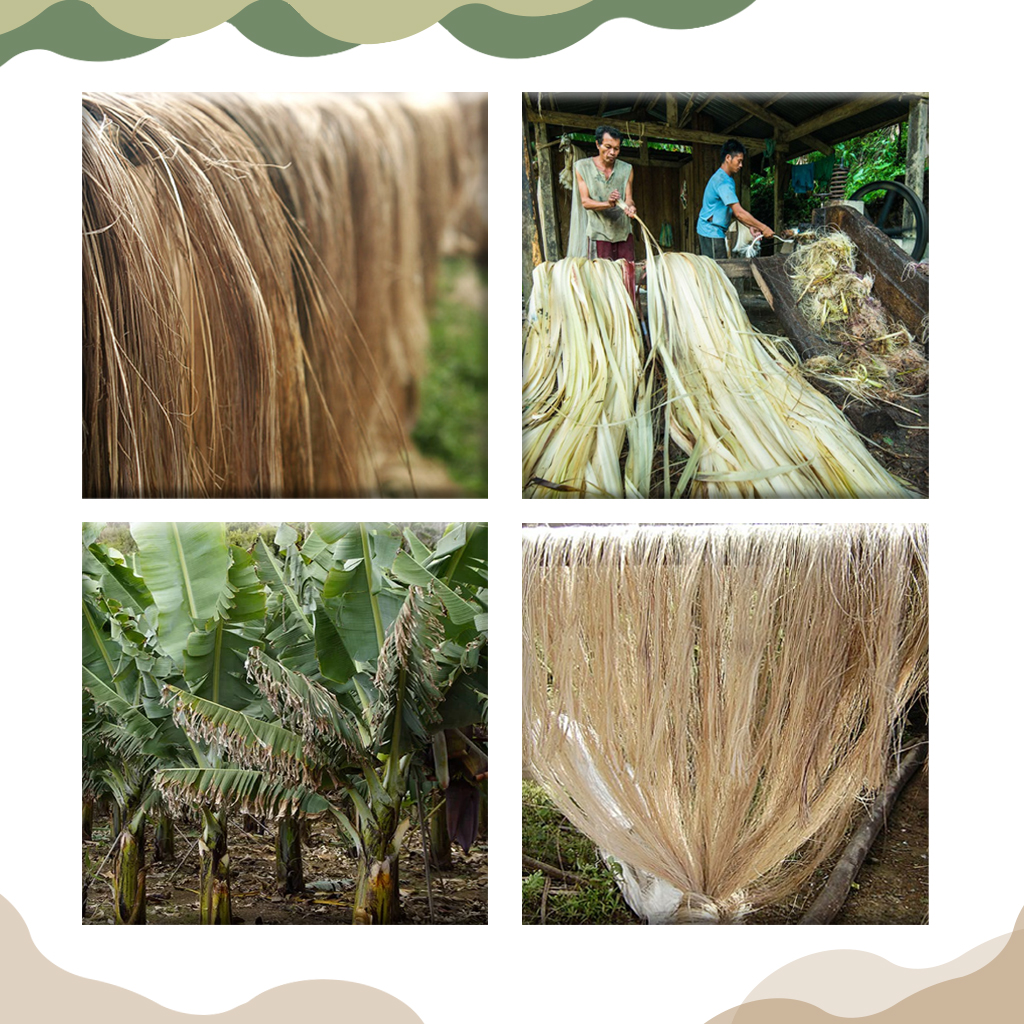
DA-PRDP CALABARZON supports uncovering of abaca industry’s full potential
Most Filipinos identify Bicol and Eastern Visayas regions with the abaca industry. However, farmers in the CALABARZON region are slowly staking their claim in this profitable, export-oriented industry, as shown in the Value Chain Analysis (VCA) approved on March 16, 2021 by the Department of Agriculture – Philippine Rural Development Project (DA-PRDP) National Project Coordination Office (NPCO) I-PLAN Component.
The VCA for abaca provides an overview and analysis of the raw abaca fiber value chain linking from the international context to the national, regional, and provincial contexts. It also aims to identify main leverage points and key strategies to improve CALABARZON’s competitiveness and promote development in a pro-poor and sustainable manner.
With the VCA, it allows provinces, cities, and municipalities in the region with abaca production to propose infrastructures and enterprises subprojects to the DA-PRDP, as well as to other government agencies and the private sector.
One of the municipalities which grabbed the opportunity is Real, Quezon. Eager to continue the momentum brought about by the current production of abaca fiber in the area, the municipal government proposed a 13.11-kilometer Farm-to-Market Road (FMR) to connect the abaca plantations in the barangays of Pandan and Masikap to its major road network. Approved on May 7, 2021 by the Regional Project Advisory Board (RPAB), this proposal is also an incentive for other farmers to shift into abaca production or intercrop their coconut farms with abaca.
The VCA was crafted by the Philippine Fiber Industry Development Authority (DA-PhilFIDA) Regional Office IV in partnership with the DA-PRDP Regional Project Coordination Office (RPCO) CALABARZON I-PLAN Component. The data came from municipalities and cities in the provinces of Laguna, Quezon, and Rizal with existing abaca plantations; however, one of the recommendations is also to expand the production to Batangas and Cavite provinces. Farms are commonly managed by individual farmers, associations, and cooperatives.
The region has an abaca production area of 364 hectares with bulk located in Quezon province, with 15 cooperatives and associations involved in planting. While still low, coconut plantations are also suitable for abaca farming and is highly profitable. It also has yield-enhancing effects on coconut in improving the nut and copra production.
Since 1991, local pulp manufacturers had been importing abaca fiber from Ecuador to address the deficiency in local supply of specific grades and meet pulp buyer’s specifications. This provides an incentive for the DA-PRDP, DA-PhilFIDA, and local agricultural offices to support the expansion and upgrading of the abaca industry in the CALABARZON region from being a primarily raw production site into a processing hub also.
The strategic location of the region is also an advantage over other major regional suppliers due to its proximity from the National Capital Region for exportation. Being near to the metro, transportation costs will be lesser and traders could offer higher prices to the abaca farmers compared to other regions. The price competitiveness of the commodity in the region is second only to Central Visayas. In 2014, the weighted average buying price of abaca fiber at the trader’s level is Php 61.00 while it is PhP93.66 in 2018 or a PhP32.56 difference for every kilogram.
With the approved VCA translated into Provincial Commodity Investment Plan (PCIP), the different players and actors are now in a better position to provide support and assistance to every current and future abaca farmer in CALABARZON. (Elijah Jeudi Ocial and Lawrence Albert Bariring, DA-PRDP CALABARZON RPCO InfoACE Unit)

